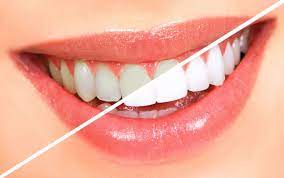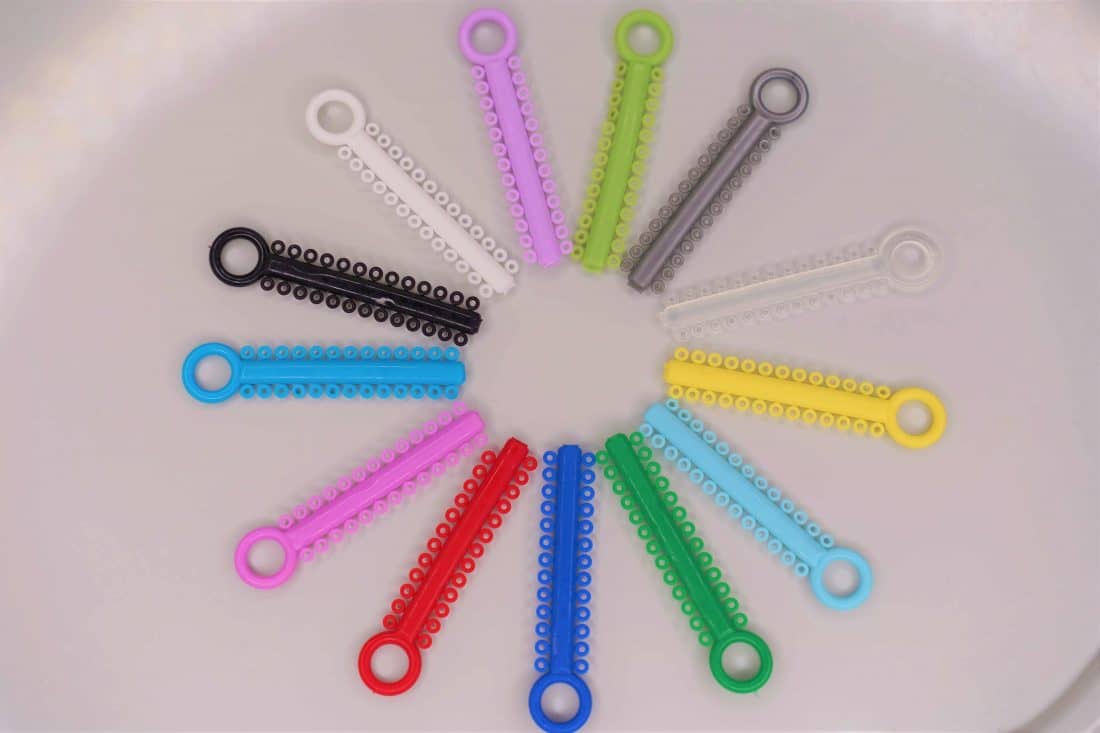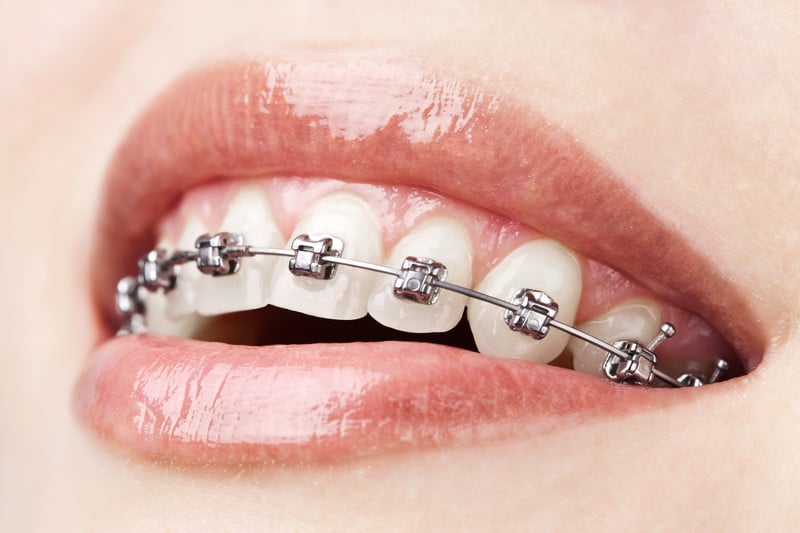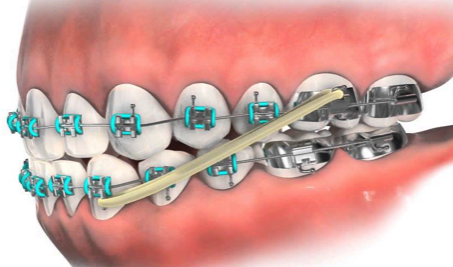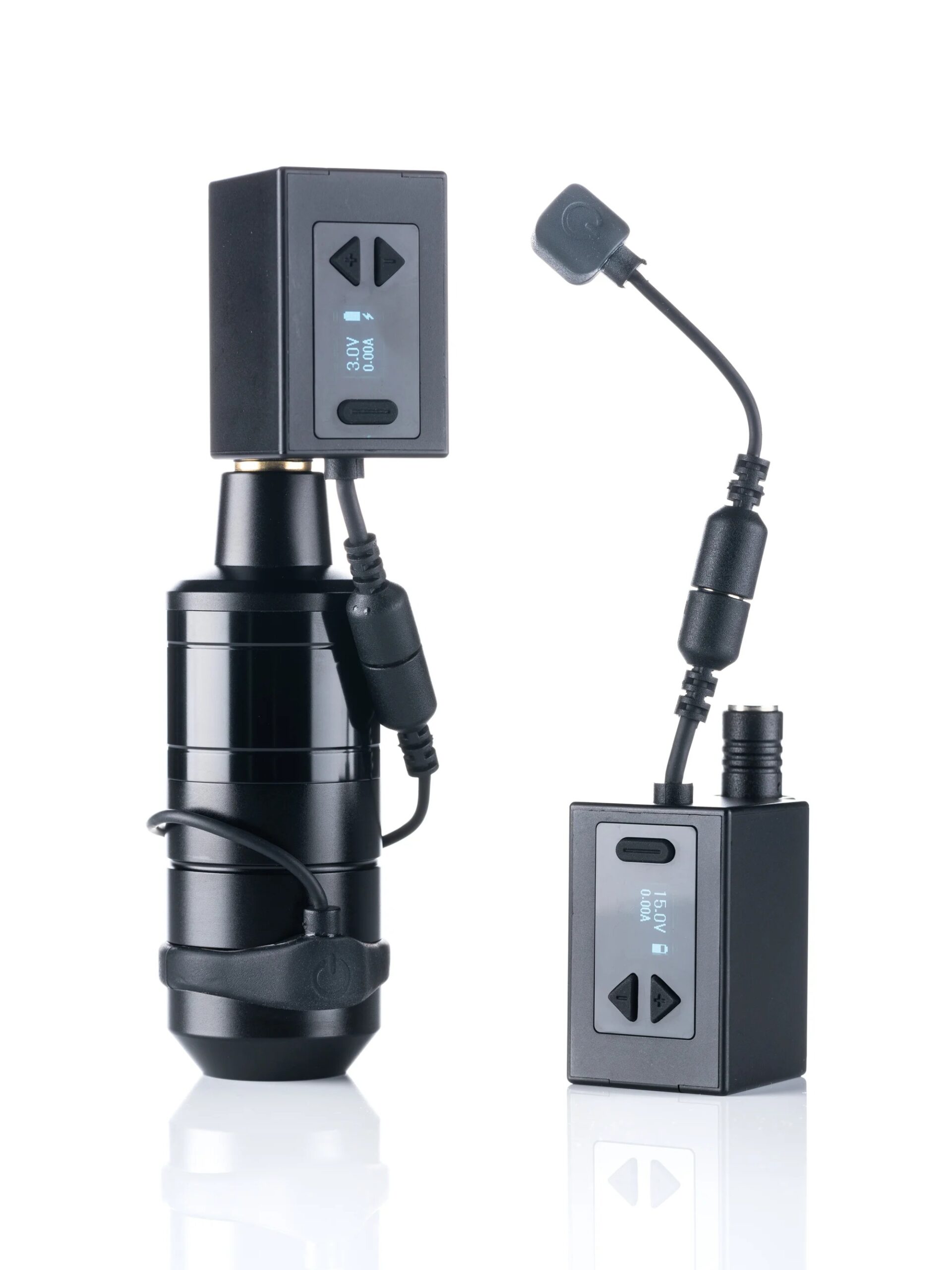
Orthodontic Experts use dental equipment called braces to straighten or align crowded teeth, crooked or out of alignment. Although adults can also have braces, teenagers are the ones who typically get them. As you wear braces, they progressively realign and straighten your teeth, giving you a normal bite. Some people get Orthodontist Braces to make their smile look better. If you have crooked teeth and an improper bite, several procedures can help straighten your teeth.
Some of these procedures include braces and retainers, specialized, fixed, or removable appliances that cover the outside of your teeth and support keeping them in place. Affordable Braces Miami orthodontist specializes in fixing difficulties with your teeth, although many family dentists provide basic alignment and address other tooth concerns. Beyond dental school, an orthodontic specialist completes 2 to 3 years of advanced orthodontic schooling and training. They are professionals in jaw issues, teeth alignment, and tooth straightening.
What types of dental braces are there?
The most common method to realign their teeth and bites is braces. They do not resemble the dazzling metal mouthfuls of the past, and many more choices are now available.
The dentist or orthodontist open on Saturday will prescribe an appliance specifically for your needs if braces are the best option. It may include bands, wires, and other fixed or removable correction items in the braces. One technique only sometimes works.
Traditional metal braces:
Traditional braces are made of metal. In addition to brackets bonded to the front of your teeth or bands that wrap around each tooth, they also include flexible wires called arch wires that keep the brackets or bands together. Additionally, some Adult Orthodontics braces use elastic bands or metal ties to join the brackets to the wire. Your teeth can be aligned and straightened with the help of these bands, which exert additional pressure.
Clear Aligners:
You might also hear the term “invisible braces” used to describe clear aligners. These are tight-fitting, transparent plastic trays that fit over your teeth. It will straighten your smile as they utilize pressure to move your teeth into the proper positions gently. For the aligners to work, you must wear them for at least 22 hours daily. You can take the aligners to eat, clean your teeth, or floss. Your teeth may also receive tooth-colored attachments from the orthodontist to keep the aligners in place.
Ceramic braces:
According to orthodontics for kids, the standard braces’ brackets are now also fashioned of tooth-colored ceramic, making them less noticeable. Stainless steel, transparent materials, or gold can all be used to create them.
Lingual braces:
These braces include brackets that face your tongue and are affixed to the backs of your teeth. Less noticeable are lingual braces.
Will braces hurt?
There may be some discomfort while putting on braces, when they are adjusted, or when you begin using a new device, such as rubber bands or headgear. Acetaminophen and ibuprofen are two over-the-counter medications that can be helpful. If each adjustment causes you much pain, let your orthodontist know. They might be able to adjust the braces slightly differently or provide you with special wax to conceal the braces’ harsh edges.
Conclusion
The above-given information will help you learn some beneficial and informative details regarding dental braces. For more information, please visit orthodontistbrace.com.
CONTACT US





